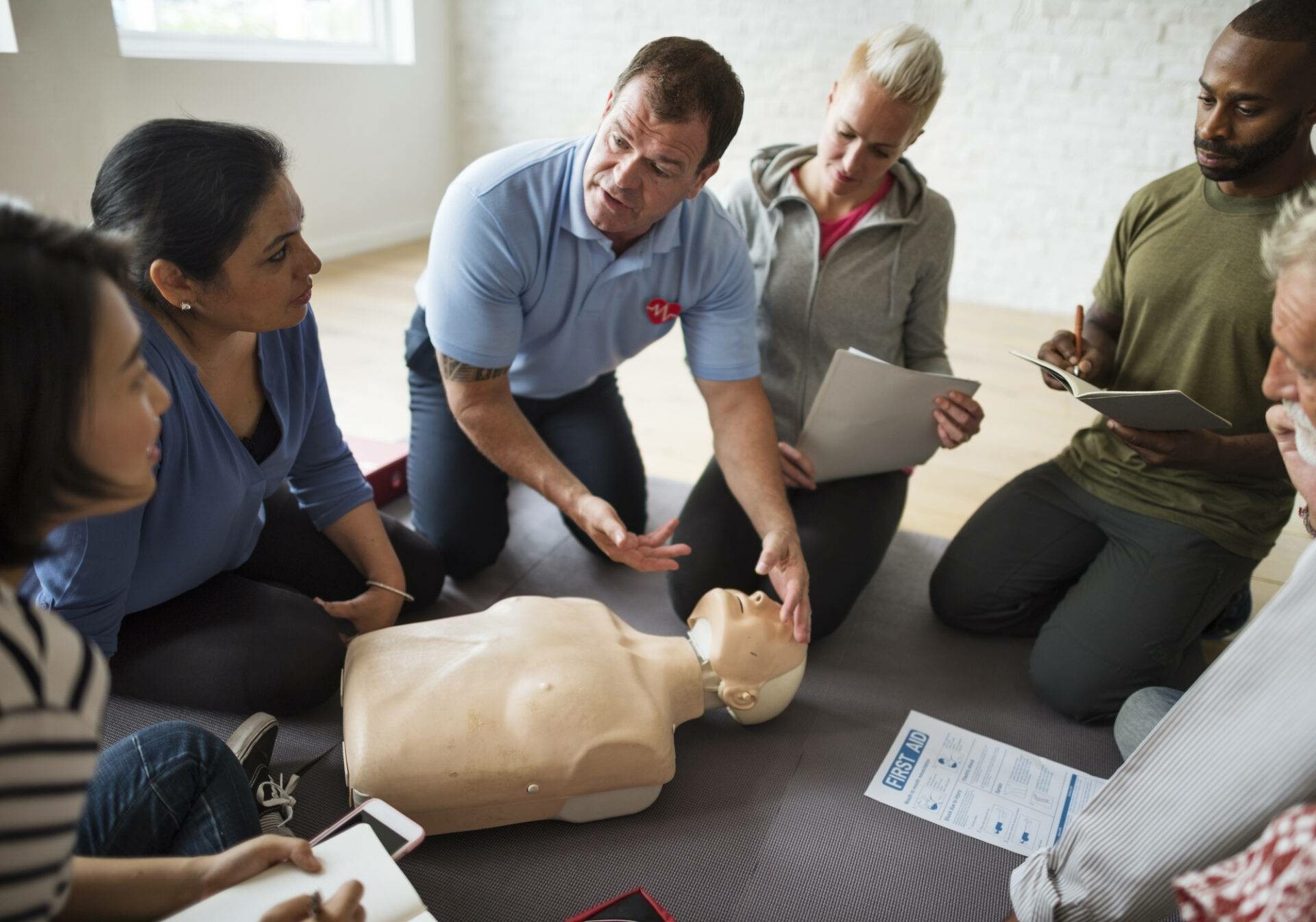Empower Your Workplace: The Critical Importance of First Aid and CPR Training
In today's fast-paced work environment, safety is paramount. Every business owner, HR professional, safety officer, and employee must prioritize training in First Aid and CPR. This training not only enhances workplace safety but also fosters a culture of preparedness. Let’s dive into the critical advantages of First Aid Certification and explore how obtaining it through a comprehensive First Aid Course can transform your workplace.
The Significance of First Aid and CPR Training
Accidents can happen anywhere, and the workplace is no exception. Having a trained team that can respond swiftly to emergencies is crucial. First Aid and CPR training equips employees with the necessary skills to administer immediate care, potentially saving lives and reducing the severity of injuries. Here are the key reasons why this training is essential:
- Immediate Response: Quick actions can make a significant difference during a medical emergency.
- Increased Confidence: Employees equipped with CPR techniques and emergency first aid skills feel empowered to handle crises effectively.
- Enhanced Workplace Safety: Regular training helps in accident prevention and promotes safety awareness among staff.
Key Benefits of First Aid Certification for Your Business and Employees
Investing in First Aid Certification offers numerous advantages for businesses:
- Improved Emergency Preparedness: Training ensures employees know how to react appropriately in various scenarios, such as choking or cardiac arrest.
- Reduced Emergency Response Times: Certified employees can stabilize patients while waiting for professional medical assistance, ensuring timely care.
- Boosted Employee Morale: Providing training shows that you care about employee welfare, which can improve job satisfaction and retention.
Critical CPR Techniques Every Workplace Should Master
Cardiopulmonary resuscitation (CPR) is a lifesaving technique. Emphasizing its importance can be the difference between life and death in critical situations. Here are some vital CPR techniques that every employee should learn:
- Chest Compressions: The foundation of CPR, chest compressions help maintain blood flow to the heart and brain.
- Rescue Breaths: Combining rescue breaths with compressions in the correct ratio increases the chances of survival.
- AED Usage: Understanding how to use an Automated External Defibrillator (AED) can restore normal heart rhythm.
Meeting Health and Safety Regulations through Effective First Aid Compliance
Many industries are governed by strict health and safety regulations that require specific workplace first aid requirements. Compliance not only helps in legal matters but also promotes a culture of safety:
- Regulatory Requirements: Ensure all employees are trained in Emergency Medical Response to meet legal obligations.
- Reducing Liability: Proper training and certification can protect businesses from potential lawsuits in case of workplace incidents.
Immediate Action: Essential Workplace Emergency First Aid Procedures
Understanding workplace emergency procedures can help your team react appropriately during crises:
- Assess the Situation: Ensure safety for both the responder and the victim before administering first aid.
- Call for Help: Always notify emergency services, even if the intervention seems minor.
- Provide Care: Utilize first aid skills learned during training to assist the individual in distress.
Selecting the Right First Aid Course for Your Business Needs
Choosing the right First Aid Course is essential for ensuring your team receives effective training. Consider the following:
- Course Content: Ensure the curriculum covers all necessary topics and current techniques.
- Certification Status: Check that the course provides recognized certifications.
- Delivery Method: Evaluate whether to opt for an Online First Aid Course or in-person training based on your team's needs.
Comparing Online and Traditional First Aid Training Options
In a busy work environment, flexibility is key. Both traditional and online training formats have their advantages:
- Traditional Training: Offers hands-on experience and immediate feedback from instructors.
- Online Training: Provides flexibility for staff to learn at their own pace, making it easier to schedule around other responsibilities.
Conclusion & Call to Action
In conclusion, First Aid and CPR training is not just an option; it’s a necessity for businesses dedicated to creating a safe workplace. By enrolling your team in a certified First Aid & CPR training course, you empower them with life-saving skills, enhance workplace safety, and ensure compliance with regulations.
Get started today and make your workplace a safer environment. Visit our training page to learn more about our courses, or contact us at [email protected] for inquiries.



 349,500 Offered Certificates
349,500 Offered Certificates
 24/7 Online Training
24/7 Online Training
 Money Back Guarantee
Money Back Guarantee
 Fully Accredited Courses
Fully Accredited Courses
